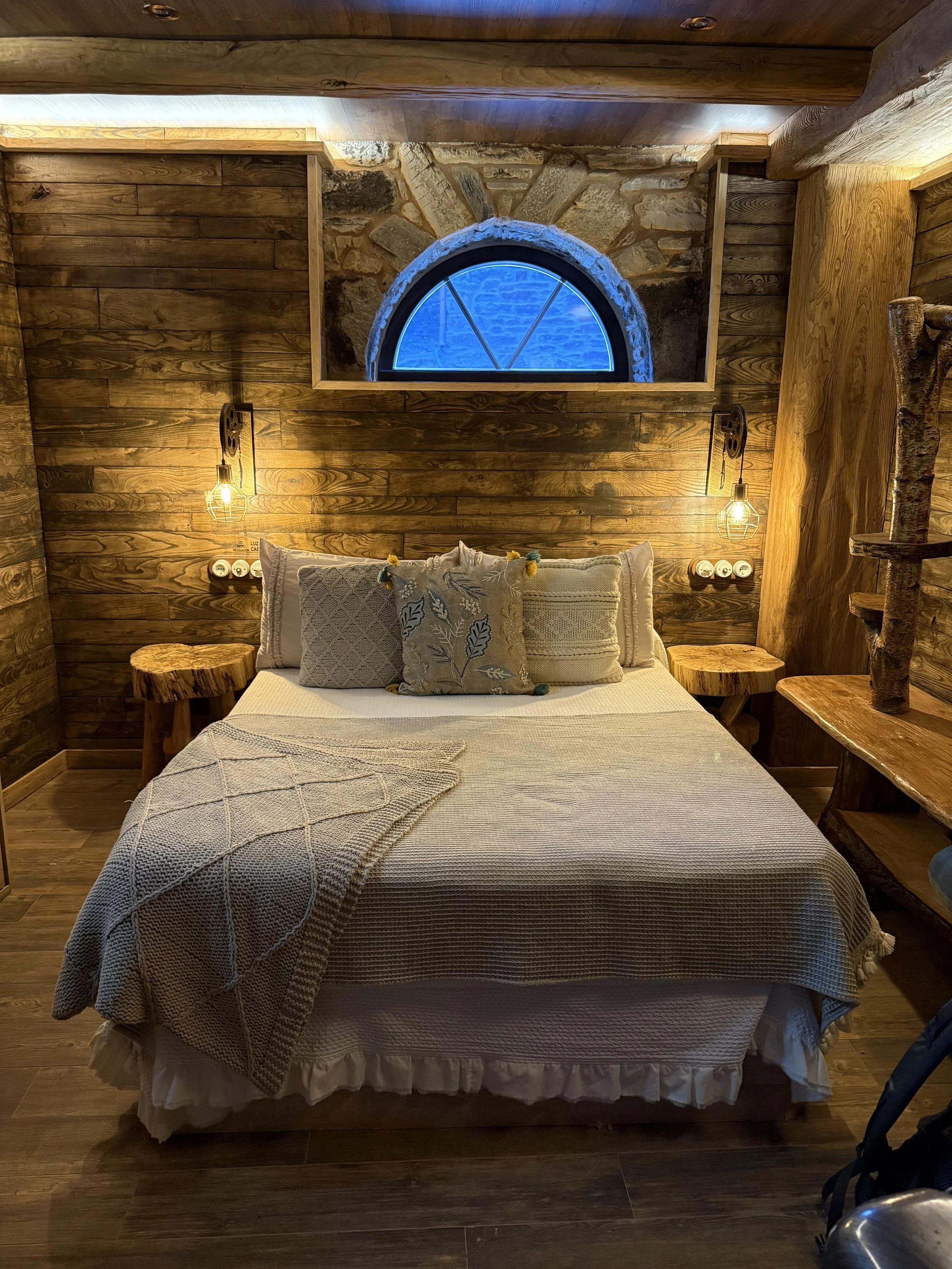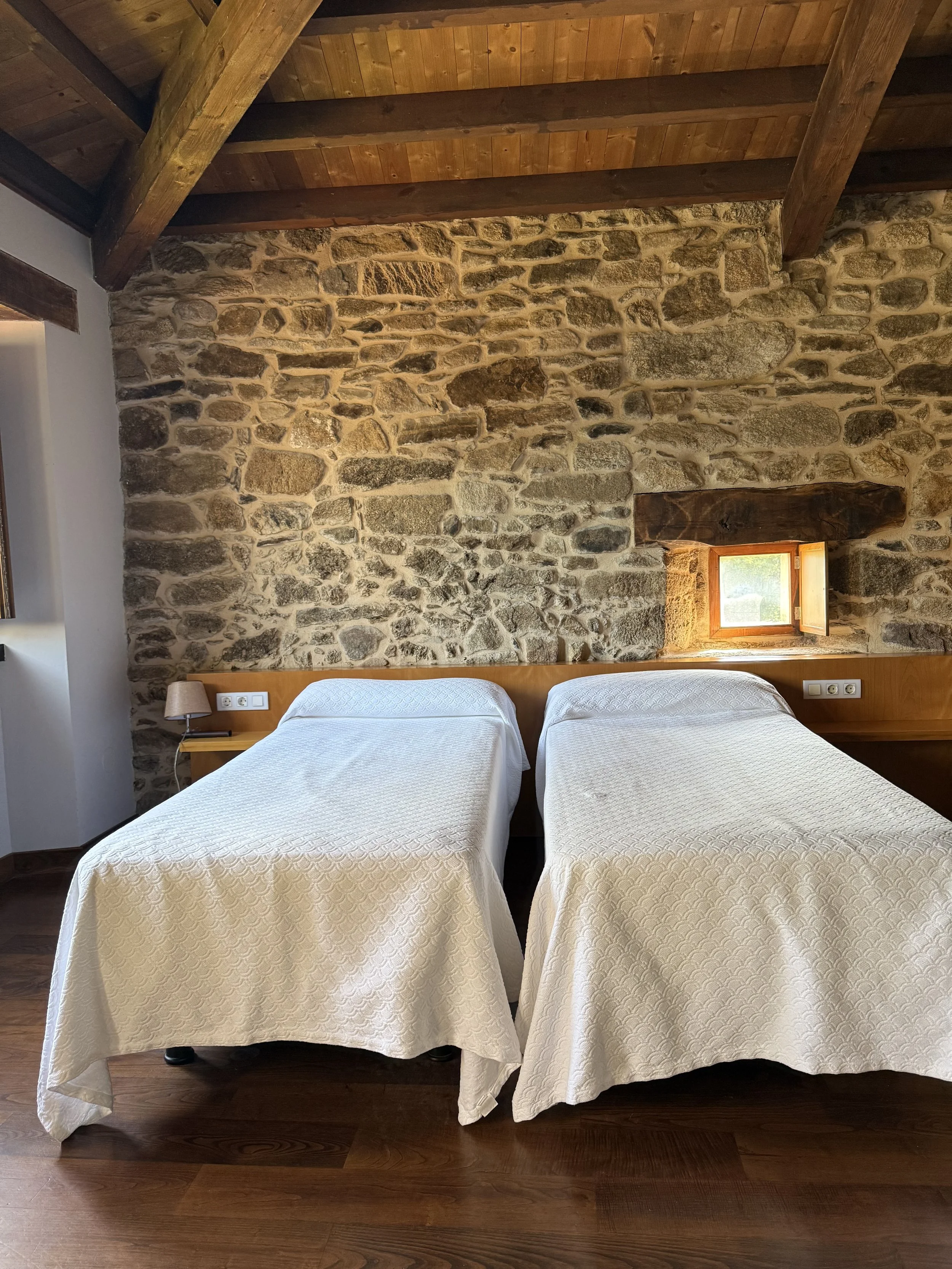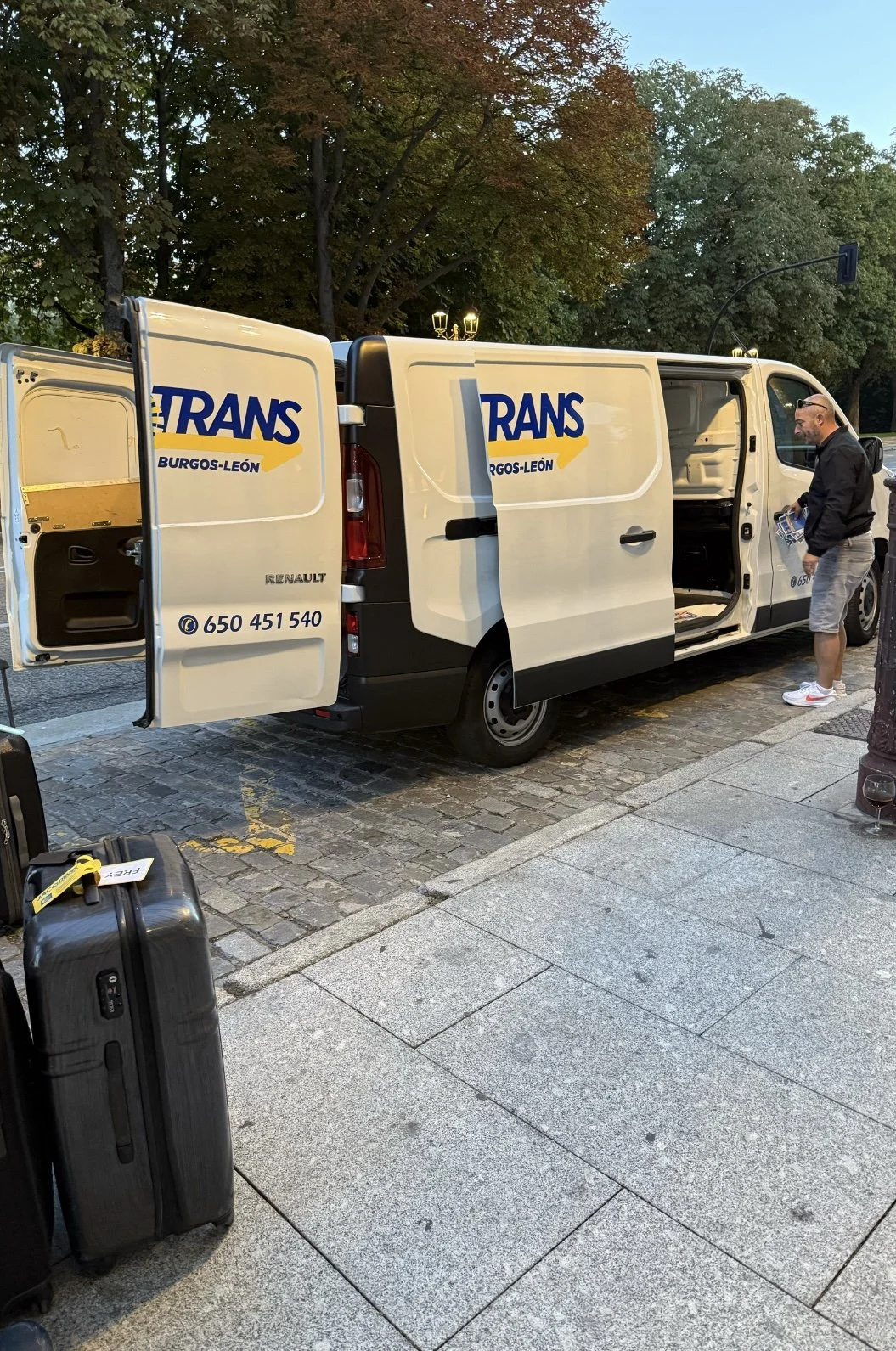Budget vs. Luxury: How to Plan Your Camino Experience
Understanding Your Camino Style
Before you dive into booking accommodations or budgeting for meals, take a moment to consider what matters most to you. Ask yourself:
Why am I walking the Camino? (Spiritual journey, adventure, fitness, personal growth?)
How much comfort do I need at the end of a long day?
Do I want to meet lots of people, or do I prefer quiet solitude?
What’s my realistic budget for 30+ days of travel?
These questions will help guide your decisions and set realistic expectations.
Albergue bunk room on the Camino de Santiago
Accommodations: Albergues vs. Private Stays
Where you rest your head each night will make a big impact on your Camino experience.
Budget Option: Public Albergues
Public albergues are the classic pilgrim experience. They’re communal dormitory-style accommodations where you’ll share a room with other pilgrims.
Pros:
Extremely affordable (€5–€15 per night)
Great way to meet fellow pilgrims
Usually located right along the route
Cons:
Limited privacy
Early curfews
Snoring roommates (bring earplugs!)
Tip: If you’re on a strict budget, consider staying in public albergues most nights and splurging on private accommodations once a week for rest and privacy.
This is a cozy private room that we stayed in, in O’Cebriero.
Related post:How Much Does It Cost to Walk the Camino de Santiago?
Luxury Option: Boutique Hotels & Private Rooms
If you prefer more privacy and comfort, you’ll find charming boutique hotels, private albergue rooms, and even historic paradors (luxury hotels in former castles or monasteries) along the Camino.
Pros:
Comfortable beds and private bathrooms
Peaceful, restful environment
Often include breakfast or dinner
Cons:
Costs range from €40–€150 per night
Less social interaction with other pilgrims
Tip: Book ahead during peak season (May–September) to ensure availability, especially in small towns.
Related post: Best Places to Stay on the Camino de Santiago: Albergues, Hotels, and More
We loved this beautiful private room in a Country House along the Camino de Santiago
Meals: Simple Fare vs. Gourmet Dining
Food is a highlight of the Camino, and you’ll have plenty of choices each day.
Budget-Friendly Meals
Pilgrim Menus – Fixed three-course meals for €10–€12, often including wine.
Local Groceries – Pick up bread, cheese, fruit, and snacks at small markets.
Cooking at Albergues – Many have kitchens where you can prepare simple meals.
Sample Day on a Budget:
Breakfast: Coffee and pastry (€2–€3)
Lunch: Picnic from local groceries (€5–€8)
Dinner: Pilgrim menu (€10–€12)
Daily Total: €20–€25
Luxury Dining
If food is part of your travel joy, Spain won’t disappoint. From Michelin-starred restaurants to fresh seafood by the coast, there are endless opportunities to indulge.
Ideas for Splurges:
Tapas tasting in Logroño
Fresh-caught hueva prawns in Galicia
Wine tours in the Rioja region
Daily Total for Upscale Dining: €50–€100
Gear & Packing: Minimalist vs. Comfort Focused
Your backpack will be your best friend—or your biggest burden.
Budget Mindset: Stick to essentials. Borrow or repurpose gear you already own.
Luxury Mindset: Invest in ultralight, high-quality gear for maximum comfort.
Packing Tips:
Bring only what you can carry comfortably for miles each day.
Consider shipping luggage ahead through services like Correos Paq Mochila if you want to walk light but still have options for evenings.
FOLLOW THE CAMINO CHRONICLES
JacoTrans, luggage transfer company
Related post: The Complete Packing List for the Camino de Santiago (What You Really Need)
Transportation: Walking Every Step vs. Strategic Transfers
While the traditional Camino involves walking every step, sometimes logistics, injuries, or time constraints call for flexibility.
Budget Approach: Stick to walking and public buses.
Luxury Approach: Use taxis or private transfers when needed.
Example: If you need a rest day, you could take a short bus ride ahead and resume walking without losing too much time.
Sample Budgets: Daily Cost Comparison
Expense Budget Camino Luxury Camino
Lodging €5–€15 €50–€150
Meals €20–€25 €50–€100
Transportation €0–€5 €20–€100
Miscellaneous €5 €20+
Total Daily €30–€50 €150–€350
Finding Your Balance
Most pilgrims fall somewhere between these extremes. You might sleep in albergues most nights but treat yourself to a boutique hotel after a particularly long stretch. Or you might eat simple meals on the trail and splurge on a gourmet dinner when you reach a big city like Santiago de Compostela.
The beauty of the Camino is that you can tailor it to your budget and comfort level each day.
Internal Linking Suggestions
To help readers explore more:
How Much Does It Cost to Walk the Camino de Santiago
Managing Altitude Changes on the Camino: Breathing and Lung Health Tips
How to Eat Healthy While Walking the Camino: Nutrition Tips for Pilgrims
Conclusion: Your Camino, Your Way
The Camino de Santiago is about so much more than where you sleep or what you eat. Whether you walk it as frugally as possible or embrace luxury every step of the way, the journey will be uniquely yours.
When you reach Santiago and stand before the cathedral, you’ll realize it wasn’t about the money spent—it was about the miles walked, the friendships made, and the personal growth you experienced along the way.
So take a deep breath, choose what works for you, and start planning your dream Camino.
Call-to-Action:
If you found this guide helpful, follow along with @Camino.Chronicles for tips, resources, and inspiration as you prepare for your own pilgrimage.
Buen Camino,
Renae



